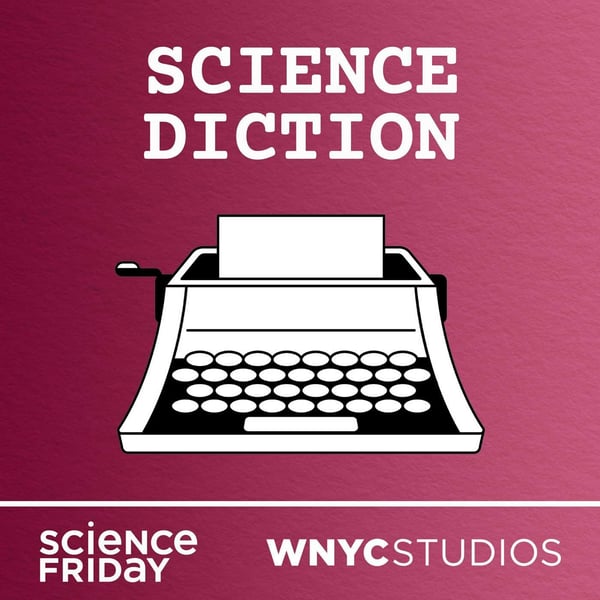Vaccine
Science Diction
Science Friday and WNYC Studios
4.8 • 610 Ratings
🗓️ 10 March 2020
⏱️ 12 minutes
🧾️ Download transcript
Summary
Transcript
Click on a timestamp to play from that location
| 0:00.0 | Picture a fairy tale gone disastrously wrong, and there are cows everywhere. |
| 0:09.1 | In one corner of the room, a man stares in shock at his own nose, which has sprouted a tiny cow. |
| 0:17.7 | Meanwhile, a woman wearing a bonnet barfs out a cow. |
| 0:21.5 | The man sitting next door is covered in lumps that look kind of like pimples, but are actually, in fact, a bunch of tiny baby cows. |
| 0:29.5 | A cow is crawling out of another guy's ear. |
| 0:32.2 | A woman is sprouting a pair of cow horns. |
| 0:34.9 | It is a cow paloosa. |
| 0:37.0 | And sitting at the center of this whole cow |
| 0:39.9 | cacophony is a remarkably cow-free woman. She's white-knuckling her chair with one arm, |
| 0:47.0 | and her other arm is in the grip of this really cold, nasty-looking man, and he's plunging a big |
| 0:54.0 | fat needle into her arm. |
| 0:56.9 | She's getting vaccinated. |
| 0:59.0 | From Science Friday, this is science diction. |
| 1:01.8 | I'm Johanna Mayer. |
| 1:03.0 | Today, we're talking about the origin of the word vaccine. |
| 1:30.1 | Okay. This truly wild anti-vax cartoon was published in 1802, and the message is clear. If you get vaccinated, |
| 1:38.1 | you are turning into a cow. Stay away. Obviously, we know that's not true, but it turns out our beloved bovine friends do have a lot to do with the origins of the word vaccine. And so did a person in that cartoon. |
| 1:46.9 | The man smack dab in the middle of those vaccinated half-cow humans sticking the needle into that scared woman's arm. |
| 1:55.7 | His name was Edward Jenner, and he would go down in history as the inventor of the smallpox vaccine. |
| 2:03.4 | Smallpox. |
| 2:04.8 | This disease caused tiny, painful postules to pop up all over your body. |
| 2:10.8 | And it is tough to over-emphasize how devastating that disease was. |
... |
Please login to see the full transcript.
Disclaimer: The podcast and artwork embedded on this page are from Science Friday and WNYC Studios, and are the property of its owner and not affiliated with or endorsed by Tapesearch.
Generated transcripts are the property of Science Friday and WNYC Studios and are distributed freely under the Fair Use doctrine. Transcripts generated by Tapesearch are not guaranteed to be accurate.
Copyright © Tapesearch 2025.

